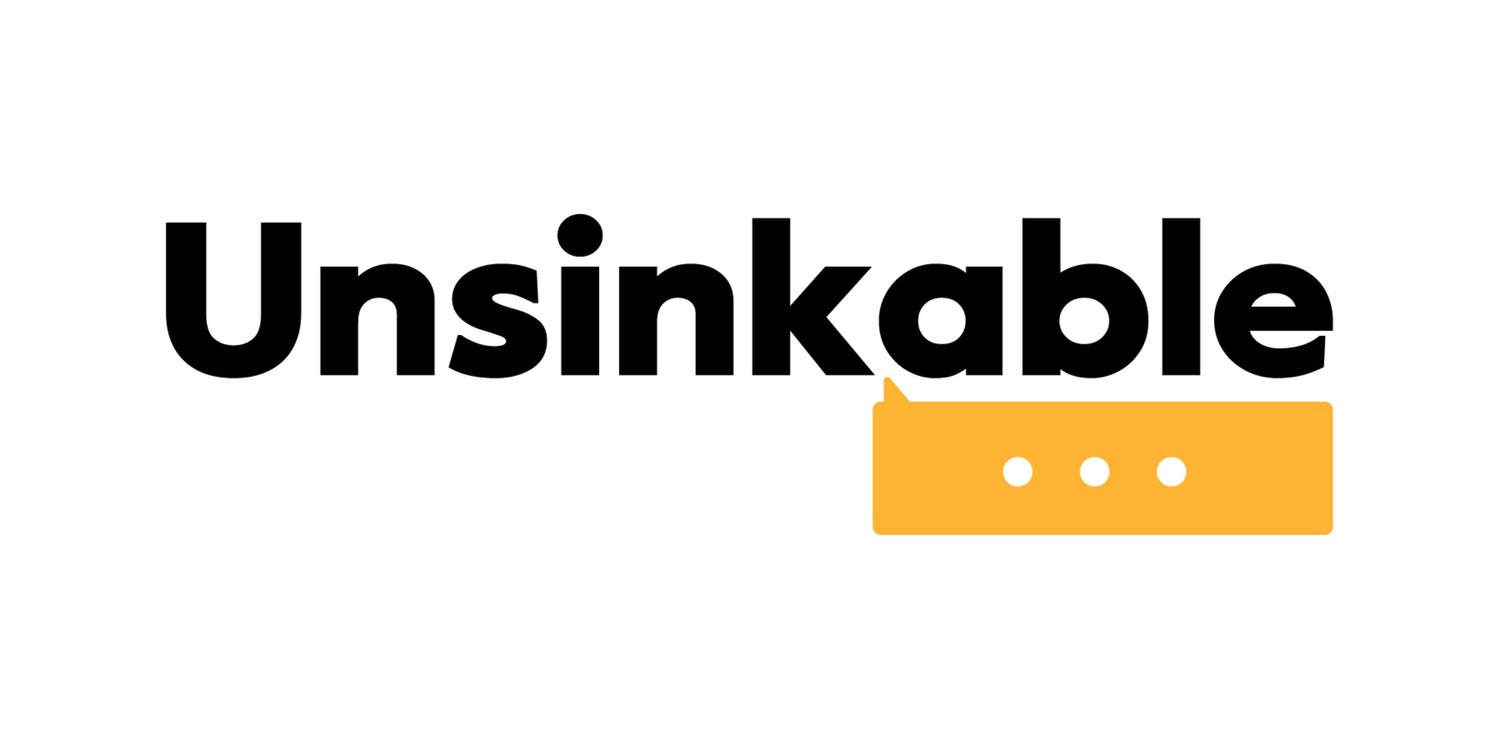DRAWING AFTER DYING: THERE IS LIFE AFTER TRAUMATIC BRAIN INJURY
This Winter, Unsinkable is honoured to be be partnering with Twentytwenty Arts (Founded by Unsinkable ambassador Megan Kee) for Life on the Line. Life on the Line is a public art project and mental health awareness campaign using art to raise funds for mental health support. Ten Ontario-based artists will be sharing their artwork and stories on Unsinkable every week until January 2021.
This week we have the honour of sharing Faye’s story.
All ten works will be available for sale in signed and numbered limited editions of 50, where 75% of all sales will be donated directly to the Canadian Mental Health Association Toronto’s Family Outreach & Response Program. Canadian Mental Health Association is the largest service-based mental health organization in Canada.
My life ended five years ago when I was hit by a car while crossing the street. I was no longer the person I had been. Of all the things that two brain hemorrhages and a concussion changed, the most difficult to grasp was that I could no longer read or write without incredible difficulty or pain. I was a writer, and being a writer who could not read or write was absurd. I had lost my identity, my purpose, and the tools I had depended on since I was a child to help me examine and understand the world.
I became depressed and anxious. I did not seem to be recovering, and I failed and failed again at writing using different methods and technologies. I was in rehabilitation five days a week, but the harder I tried, the worse my migraines, eyesight, and exhaustion got.
I knew I had to find a new way of making things and of telling stories. I eventually started learning how I could produce visual art despite my brain injury and mental health symptoms. I was only able to work for a few minutes at a time, but I needed this.
Mental health and disability became the subject of a lot of my art. I started asking questions such as, How can I illustrate depression, anxiety, anger, and isolation in literal and abstract ways? What does the pain in my head look like? What does my disability look like? How can I make these things funny and beautiful?
At this time I also joined a supportive community (BIST, the Brain Injury Society of Toronto) and found friendships with others who were going through similar changes in their lives, and who deepened my understanding of the roles that failure, shame, and grief have played in these years. In the work I am making now I want to confront these things and see how honest I can stand to be.
Failure is a reoccurring theme in my pieces because I think it is important to show it. Before the accident, I thought such events focused a life and made a person stronger than ever. I expected to become something greater in the face of tragedy—that is just what you are supposed to do. And I expected the transformation to occur quickly. This is not what happened.
Shame is so present in my work because of the tremendous shame and guilt I felt and still feel for not getting better month after month; for not being able to heal my own body. I am too afraid to ask for help most of the time, and I still try to hide the pain from others.
Grief is something I am only starting to think about. It was years before I realized that the feeling of having died after the accident (which couldn’t be true, I was still here after all) was a legitimate one. I am still grieving the person I had been before, and I have yet to answer if I want to, and if I can, let go of that previous version of myself or not.
I now have a four-month-old son, and I have a new purpose in my life. Seeing this wonderful little person insist with such stubbornness on trying and trying again to form words and to crawl, it is hard to ignore what he is showing me about humans. Having to get out of my own head has made my problems feel smaller and has made me feel more capable. I am lucky to be able to focus on taking care of someone other than myself.
This makes me think more about how I can create work that helps people in some way. I am starting to facilitate group art projects centered around brain injury and mental health experiences, and I want to see what these art rituals can do. I want to help build new communities, I want to advocate for them, and I want to see if I can make art that is relatable and has value for others.
Unsinkable Storytelling Author: Faye Harnest

